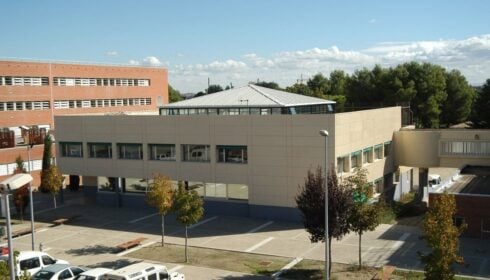SPAIN has unveiled plans for a massive green energy project in the northeast region of Aragon that aims to meet 30% of the nation’s hydrogen demand.
Development has been earmarked to begin in late 2023 led by Copenhagen Infrastructure Partners in partnership with Spanish companies Naturgy, Enagas, Fertiberia, and Danish wind turbine manufacturer, Vestas.
Dubbed ‘Project Catalina’, the energy plan aims to develop a total of 5 GW of combined wind and solar, producing green hydrogen using a 2 GW electrolyzer.
“Once fully implemented, Catalina will produce enough green hydrogen to supply 30% of Spain’s current hydrogen demand,” CIP said.
Low carbon hydrogen is made in a way that it creates virtually no greenhouse gas emissions, which means that it has a smaller carbon footprint than the vast majority of hydrogen generation currently based on fossil fuels.
A pipeline will link Aragon with Valencia in the east of Spain, sending the hydrogen to a green ammonia facility to turn it into fertilizer.
The Spanish government announced last year that they were aiming to replace a quarter of the 500,000 tonnes of fossil based hydrogen consumed by Spanish industries each year, with plant based hydrogen.
However, low-carbon hydrogen has been slammed as not cost competitive with other energy supplies as there is not enough infrastructure, according to the World Energy Council.
READ MORE:
- Solar farm plan launched in Spain’s Alicante area to supply electricity for 70,000 homes
- Dramatic solar energy prediction for Spain’s Costa Blanca if majority of homes install panels
- Spain invests €181 million into solar projects as push for carbon neutrality continues
Click here to read more Spain News from The Olive Press.








